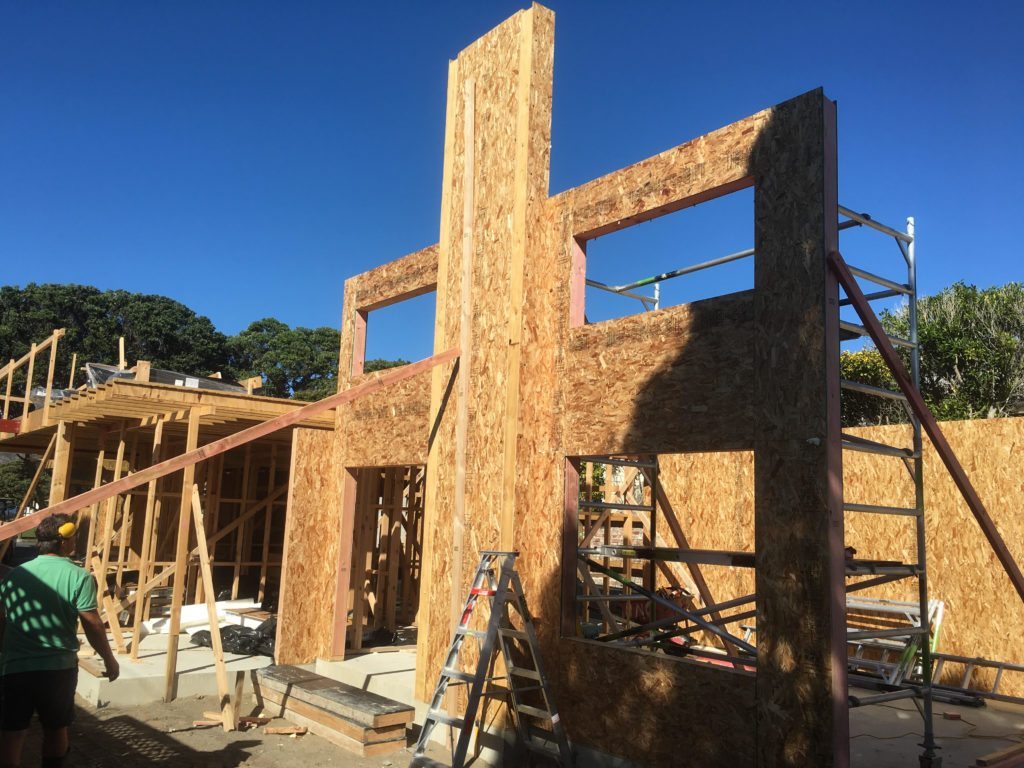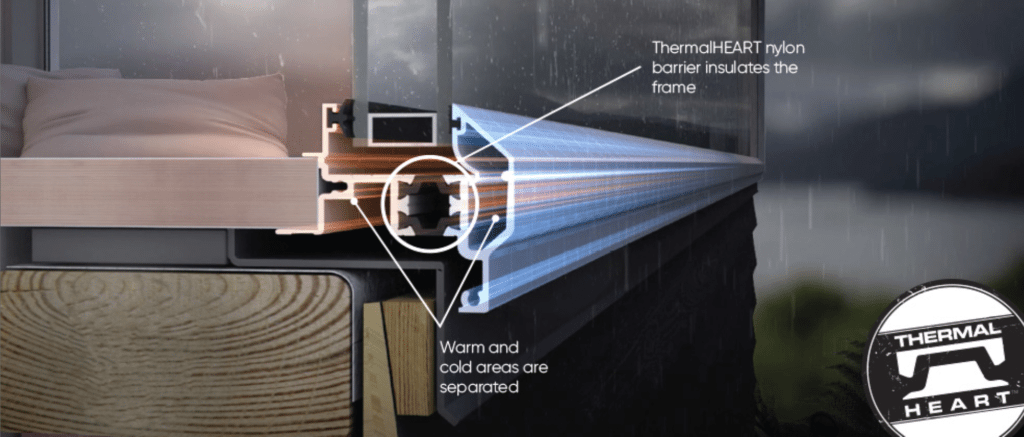Passive Homes
A Passive House is one that is an ultra-low energy building, that requires little (if any) energy for heating or cooling. It is a construction concept that results in a truly energy efficient comfortable and affordable building.
The building envelope is key to a Passive Home. A special insulated (practically airtight) building envelope of highly insulated slab, walls and roof, with special windows and doors keep the heat in (or out – depending on the season). Formance SIPs are an example of how to achieve this type of envelope.

Passive Houses make efficient use of the sun, internal heat sources and heat recovery in winter and use passive techniques such as shading in summer.
Despite the outdoor temperature, the temperature inside a Passive House stays stable and very comfortable.
Ventilation systems bring in fresh air, and use a heat recovery system in winter to warm the fresh air. Our home uses a Zehnder airflow system that is 95% efficient – continuously taking our internal air (at 22 degree Celsius) and using this exhaust air to warm the incoming (fresh and cold) Wellington air to 21 degrees before dispersing it through the house.
Passive House reports that heating and cooling energy savings are up to 90% compared with typical building stock, and over 75% compared to average new builds.
To be a certified Passive House requires independent measurement against a defined set of criteria. However it is possible to use many elements of Passive House construction to create a very highly energy efficient home (such as SIPs, thermally broken double glazed joinery and air ventilation).

Bright Build are organisational members of Passive House Institute New Zealand (PHINZ), and are a Certified Passive House Tradesperson. PHINZ has a number of aims, among them: to educate the New Zealand building industry and public about highly energy efficient homes, promote the Passive House Standard and researching the performance of Passive Homes. The community benefits are through improving public health and well-being.
Thermal Heart Joinery
Replacing windows is also a great time to consider using thermally broken, double-glazed joinery. Standard double-glazing still creates condensation within your home, if it is warmer inside than out. This is because aluminium is highly conductive (which also makes it a poor insulator). So, normal double-glazing will not solve your thermal or condensation issues.
Metro Suite Thermal Heart joinery has 35% more thermal efficiency compared to what standard double-glazing alone can provide. And it also eliminates condensation – no more wet towels from mopping windows.

ThermalHeart technology
- Nylon thermal insulator separates the inside and outside metal faces of the joinery profile.
- Stops transmission of heat/cold through the aluminium
- Elimination of condensation – windows and frames stay dry.
- Maximum interior comfort, minimal heat/cold transfer
- Less heating/cooling costs




